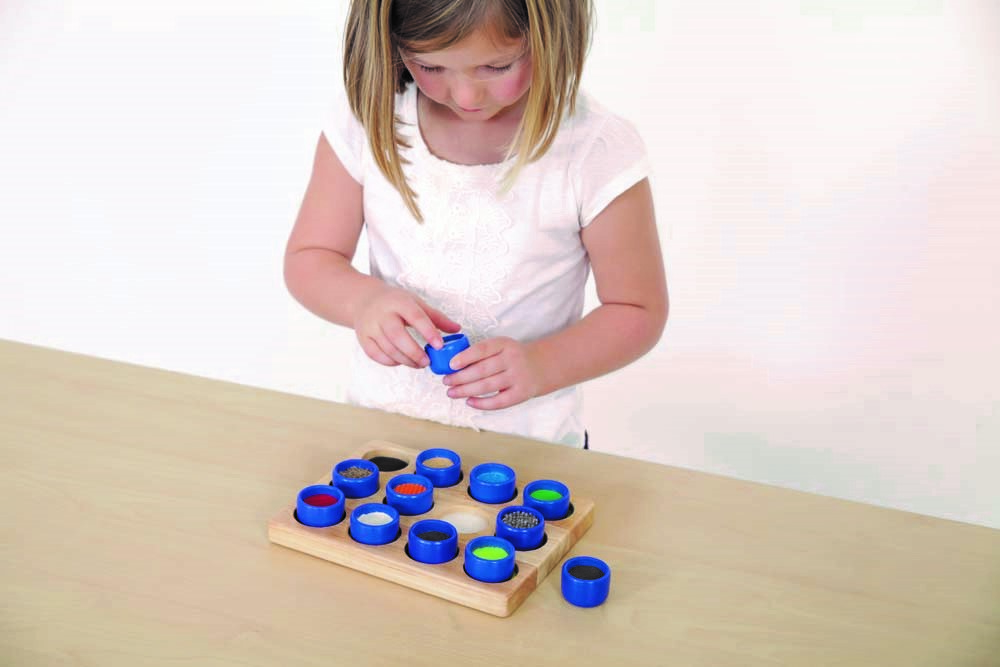.jpg)
Within the field of providing for children with special educational needs and disabilities, some sensory resources are aimed at specific areas of sensory development, while others are multipurpose tools to help children with different types of sensory disorders. Sensory resources are often used to help those children with either sensory processing or sensory integration disorders – those children who have slight to advanced difficulty with motor, oral, or other sensory problems.
Sensory resources are often used as a tool to aid the proper sensory development of children who struggle with sensory perception in the areas of touch, sight, sound, taste and smell. Sensory resources are also popularly used as a form of therapy for children with varying degrees of Autism or children who struggle with self-esteem, learning and development, social relationships, and general, daily interactions.

Sensory disorders often contribute to behavioural issues among children so sensory resources are often used to help children overcome their behavioural issues which stem from sensory issues. For children with sensory disorders, sensory resources usually include sets of toys or objects that help to improve respiratory, optic, or cerebral sensory perceptions.
.jpg)
When children are using sensory resources, they engage in a type of playful activity that helps refine their fine motor skills and develops their social interaction skills. Using sensory resources as tools to help sensory development and social integration processes in children with special educational needs and disabilities is now commonplace and there is a growing understanding that using a wide range of sensory resources can support the learning and development of all children, pupils and students in the early years, primary and secondary sectors.
